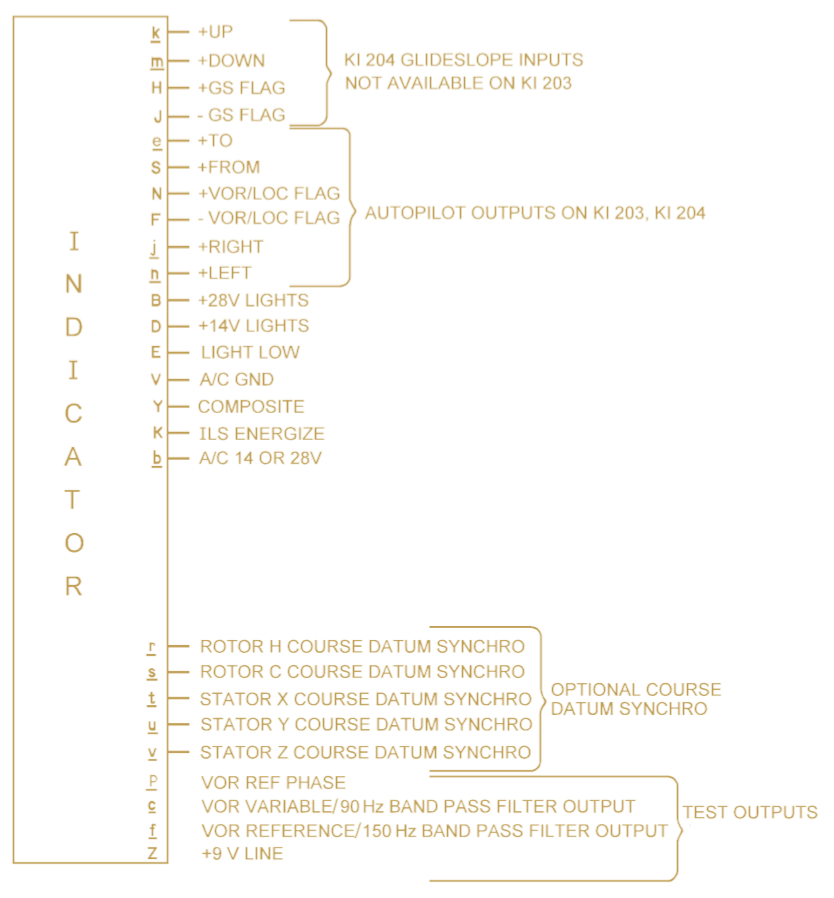-
Little big update
03/22/2022 at 03:34 • 0 commentsI try to catch up with all my projects ... eventually. Good news for everyone trying to get their dust-collecting old instruments to life. After using the ESP32 for some work-related projects I was confident that it is the perfect platform for this - cheap, performant, and not affected too badly by the ongoing shortages.
So there we are, I got the VOR signal generation running, even wrote a small plugin to integrate with X-Plane. You can find the alpha code for the ESP32 on GitHub. More details and the plugin following shortly. Also, small extension of the project scope, I will also implement localizer and glideslope signal generation, so that you can really get the full functionality of the CDI.
![]()
-
Figuring out the control Interface - Part 1
02/08/2019 at 23:49 • 0 commentsThe first step of this project is to figure out how the instrument works in his native environment. Luckily, avionics tend to be documented really well. So I started out searching for an installation manual that tells how its usually wired up in the aircraft. This is the pinout diagram I found there:
King KI 203 Connector Pinout The Instrument is supplied by a voltage of 11 to 32 VDC between Pin b and v. This is to accommodate for both 14 V and 28 V power buses used in different aircraft.
The instrument lighting consists of two lamps in series between Pin B and E with a center-tap on Pin D. So depending on the system voltage, you can put +14 V on Pin D and ground the Pins B and E, or connect +28 V between Pin B and E.
Pin K is called ILS energize. Pulling it to ground will switch the instrument from accepting a VOR input signal to accepting a ILS input signal.
The actual control signal comes in from Pin Y - Composite. This signal comes out of the navigation receiver of the radio and is just a raw AM demodulated base band signal.
In the next post, I'll describe how this composite signal is formed by the real system, how it can be described mathematically, and how I first simulated it using MATLAB and my PC sound card.
Interfacing a Course Deviation Indicator
Developing a computer interface for a real aircraft CDI that provides all necessary control signals
 Marian Keller
Marian Keller
